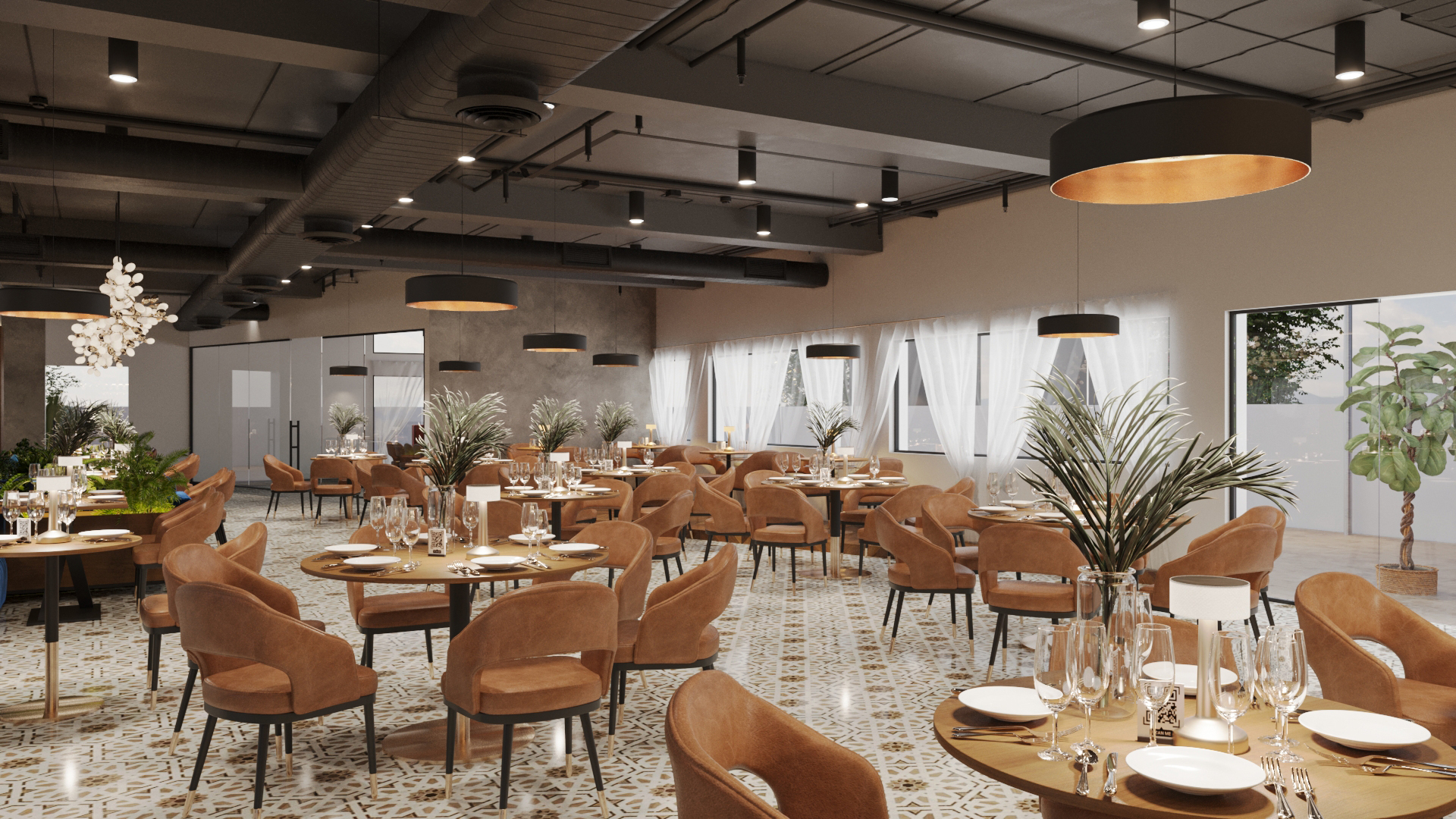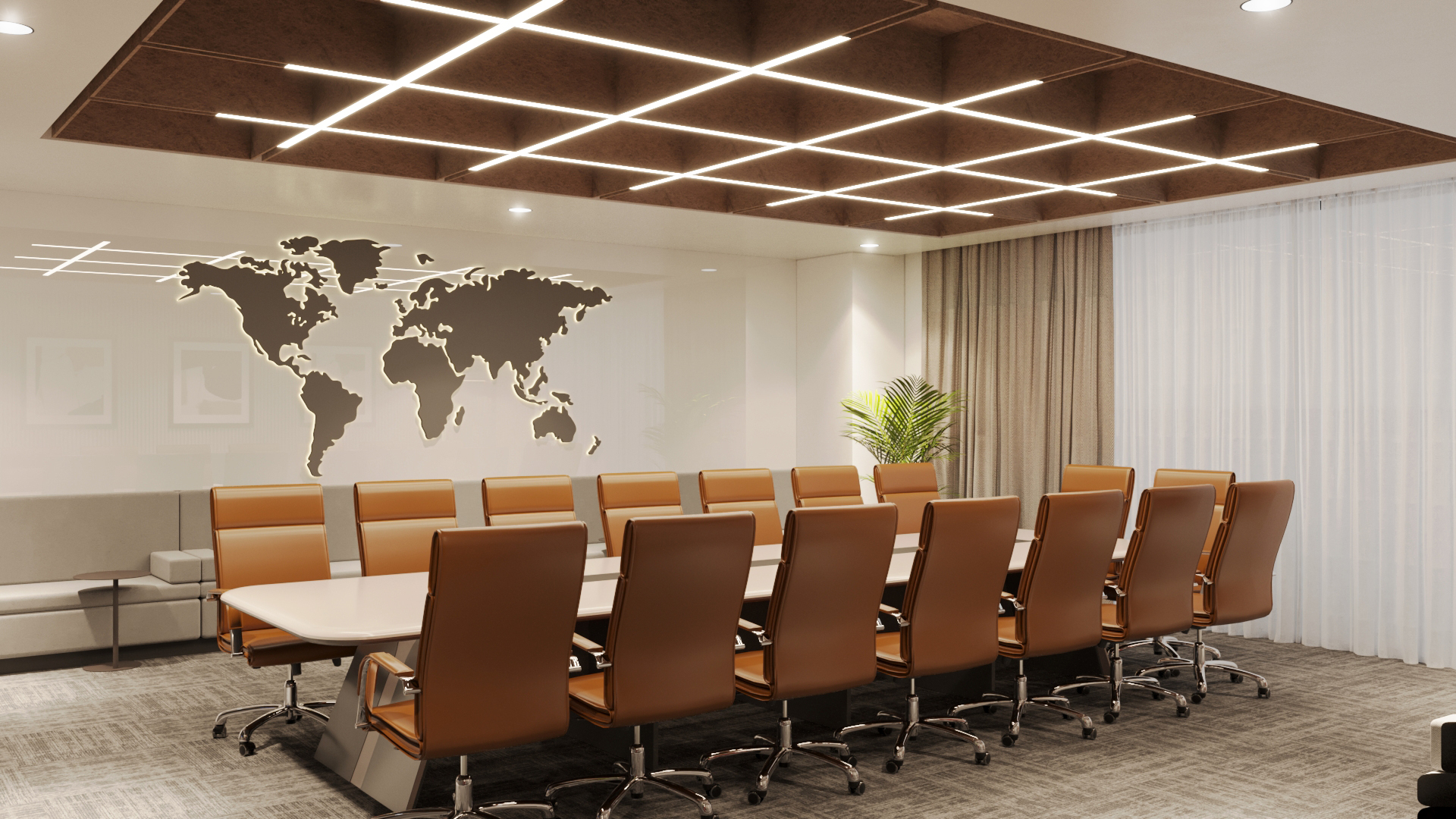
Furniture Rendering
Furniture rendering is a crucial aspect of design that allows designers and clients to visualize furniture pieces in a realistic and detailed manner before they are physically created. It involves creating digital representations of furniture using specialized software to showcase their design, materials, and overall look.
Understanding Furniture Rendering
Furniture rendering goes beyond simple sketches or drawings, providing a more immersive experience by simulating textures, lighting, and even environments. This process helps stakeholders grasp the final outcome accurately and make informed decisions throughout the design process.
Evolution of Furniture Rendering in Design
Over the years, furniture rendering has evolved significantly alongside advancements in technology. What was once limited to basic 2D representations has now transformed into elaborate 3D modeling and rendering techniques, offering a more realistic and interactive design experience.
Software Tools and Techniques for Furniture Rendering
To achieve stunning furniture renders, designers rely on a combination of specialized software and advanced techniques.
Popular 3D Rendering Software for Furniture Design
Software like Blender, Autodesk 3ds Max, and V-Ray are widely used in the furniture design industry for their powerful rendering capabilities and flexible features that enable designers to bring their creations to life in a virtual space.
Key Techniques for Achieving Realistic Furniture Renders
Techniques such as lighting setup, material mapping, and camera angles play a vital role in creating realistic furniture renders. By mastering these techniques, designers can add depth and authenticity to their digital creations.

Creating Realistic Materials and Textures in Furniture Rendering
One of the key aspects of furniture rendering is replicating materials and textures with accuracy to achieve a lifelike appearance.
Texture Mapping and UV Unwrapping
Texture mapping and UV unwrapping techniques are essential for applying textures seamlessly onto 3D models, ensuring that surfaces look and feel realistic when rendered.
Mimicking Different Materials Effectively
Designers use a variety of tools and shaders to mimic different materials such as wood, fabric, metal, and glass convincingly in their renders. This attention to detail enhances the overall quality and appeal of the final design.# Lighting and Shadow Considerations in Furniture Rendering
Importance of Lighting in Furniture Rendering
When it comes to furniture rendering, lighting is like that one friend who always knows how to make you look your best in photos. It sets the mood, highlights the important bits, and can make even the simplest of designs shine brighter than a diamond. Without proper lighting, your furniture renderings might end up looking as flat as day-old soda.
Shadow Rendering and its Impact on Realism
Shadow rendering is the secret sauce that adds a pinch of realism to your furniture renderings. Shadows give your designs depth and dimension, making them look like they actually exist in a physical space rather than just floating in the digital void. So, embrace those shadows and watch your creations come to life!

Customization and Personalization in Furniture Rendering
Utilizing Customization Features in Rendering Software
In the world of furniture rendering, one size does not fit all. That’s where customization features in rendering software come to the rescue. From adjusting colors to tweaking textures, these tools allow you to tailor your designs to perfection, ensuring that every client gets exactly what they want.
Personalizing Designs to Meet Client Preferences
Client preferences are as unique as a fingerprint, and in furniture rendering, personalization is key. By understanding your client’s style, taste, and quirks, you can create designs that not only meet but exceed their expectations. Remember, in the world of furniture rendering, it’s the little personal touches that make a big difference.
Trends and Innovations in the World of Furniture Rendering
Emerging Technologies Shaping Furniture Rendering
From virtual reality to augmented reality, emerging technologies are revolutionizing the way we experience furniture rendering. These cutting-edge tools allow designers to bring their creations to life in ways we once only dreamed of. So, buckle up and get ready to ride the wave of technological innovation!
Current Trends in Furniture Rendering for Interior Designers
Just like fashion, furniture rendering has its own set of trends that come and go. From minimalist chic to bold and vibrant, interior designers are always on the lookout for what’s hot in the world of furniture rendering. So, if you want to stay ahead of the curve, keep your eyes peeled for the latest trends and let your creativity run wild.In conclusion, furniture rendering offers a versatile and powerful solution for bringing design concepts to life with remarkable realism and detail. By embracing the capabilities of rendering software, designers can streamline their workflow, present their ideas more effectively, and stay ahead of industry trends. As technology continues to advance, the possibilities for creating stunning furniture renders are endless, promising an exciting future for the world of interior design. Whether showcasing customized pieces or exploring innovative design concepts, furniture rendering remains a valuable tool for elevating the creative process and delivering exceptional visual experiences to clients and audiences alike.
Ready To Design Your Dream Home?
Contact Us
Reach out with any inquiries or support requests.
Chat with Us
We're here for you 24/7 through live chat on WhatsApp .
📱+917088398383
Phone Support
Speak directly to our team for immediate assistance.
📱+917088398383
Our Location
Visit us at our headquarters for more info.
📍D-55 2nd floor,sector2 ,Noida 201301
